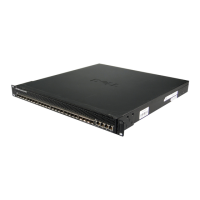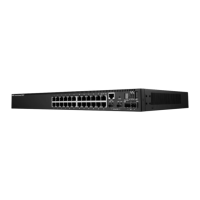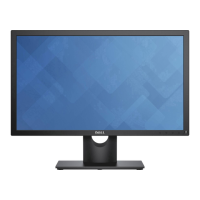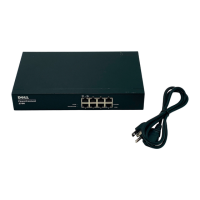590 Configuring VLANs
interface
interface
Enter interface configuration mode for the specified
interface. The
interface
variable includes the interface type
and number, for example tengigabitethernet 1/0/3.
You can also specify a range of interfaces with the interface
range command, for example, interface range
tengigabitethernet 1/0/8-12 configures interfaces 8, 9, 10,
11, and 12.
switchport mode trunk Configure the interface as a tagged layer 2 VLAN interface.
switchport trunk
{allowed vlan
vlan-
list
|native vlan
vlan-id
}
Set the list of allowed VLANs that can receive and send
traffic on this interface in tagged format when in trunking
mode.
•
allowed
vlan-list
— Set the list of allowed VLANs that
can receive and send traffic on this interface in tagged
format when in trunking mode. Separate non-consecutive
VLAN IDs with a comma and no spaces. Use a hyphen to
designate a range of IDs.
The
vlan-list
format is
all
| [
add
|
remove
|
except
]
vlan-
atom
[
vlan-atom
...] where:
•
all
—Specifies all VLANs from 1 to 4093. This keyword
is not allowed on commands that do not permit all
VLANs in the list to be set at the same time.
•
add
—Adds the list of VLANs to the allowed set.
•
remove
—Removes the list of VLANs from the allowed
set. Removing the native VLAN from a trunk port
forces the port to allow tagged packets only.
•
except
—Allows all VLANs other than those in the list.
•
vlan-atom
—Either a single VLAN number from 1 to
4093 or a continuous range of VLANs described by two
VLAN numbers, the lesser one first, separated by a
hyphen.
•
native
vlan-id
— The untagged VLAN. Untagged packets
received on this interface are switched in the native
VLAN. Transmitted packets in this VLAN are sent
untagged.
CTRL + Z Exit to Privileged EXEC mode.
Command Purpose
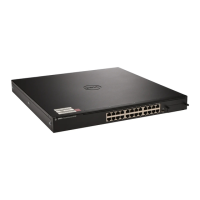
